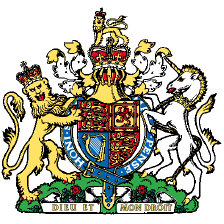This wood boring beetle is native to Asia, although not yet present in the UK it has been found in Russia and appears to be spreading west and is thought to be present in Sweden (yr 2016). The Emerald ash borer affects Ash trees which tend to die within 2-3 years of infection. Ash is only second to oak for numbers planted in the uk and they make up 15% of broad leaved woodland, if the Emerald ash borer was to be accidentitally introduced then we could face the same scenario as we did with Dutch Elm disease.
Cause
Larvae of Emerald Ash Borer beetle (Agrilus planipennis) burrow through the bark feeding on the tissue that transports both water and nutrients.
Symptoms
Thinning and yellowing of foliage.
Bark fissures approximately 5-10cm in length.
Woodpecker activity, woodpeckers will strip away bark to extract the beetles.
Epicormic shoots.
Larval galleries under the bark.
D shaped holes in the bark, produced by emerging adults.
Crown dieback.
Symptoms can be quite similar to those caused by root and butt rots which make infestation quite difficult to spot until the symptoms have become quite severe, trees will usually die back from the top down. Larvae will feed all through the summer until the temperatures drop in autumn, they then remain under the bark before emerging as adult beetles between May and July. Adult beetles are between 7.5-13.5mm long and feed on the leaves of ash but it’s the larvae that do the lasting damage.
There are no chemical control measures once established
In order to import Fraxinus you must have a plant passport, all imports must be notified to the UK plant health authorities so inspections can be carried out.
Emerald ash borer is also listed on the UK Plant Health Risk Register.
For more information on emerald Ash Borer please visit Forestry.gov


